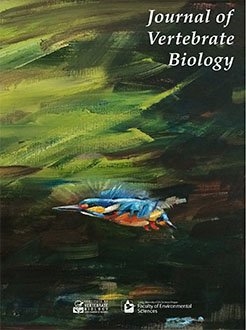Key adaptations enabling mammals to cope with oxygen deficiency at high elevations relate to oxygen transfer into the blood. Among others, the efficiency of this mechanism depends on haematocrit (Hct, the volumetric fraction of red blood cells in blood). Although blood of high-elevation mammals is usually characterised by normal or slightly increased Hct, there are contradictory findings from studies along different elevational gradients. The aim of this study was to explore variability of Hct at both inter- and intraspecific levels in six rodent species from lower and higher elevations of Choke Mountain in Ethiopia. We found that Stenocephalemys sp. A from higher elevation had higher Hct than its congener Stenocephalemys albipes from lower elevation and a similar but weaker tendency was observed intraspecifically in Lophuromys simensis. Furthermore, Hct among four species occupying the high-elevation Afroalpine zone was comparable, and higher than in animals from lower elevations. Higher Hct in the three Afroalpine specialists probably contributes to local adaptations for life in high elevation environments under hypobaric hypoxia.
How to translate text using browser tools
19 June 2020
The effect of elevation on haematocrit in Ethiopian rodents
Matěj Lövy,
Leonid A. Lavrenchenko,
Danila S. Kostin,
Alexey A. Martynov,
Radim Šumbera,
Josef Bryja,
Jan Okrouhlík

Journal of Vertebrate Biology
Vol. 69 • No. 2
June 2020
Vol. 69 • No. 2
June 2020
blood parameters
Elevational gradient
Ethiopian Highlands
Rodentia
Stenocephalemys




